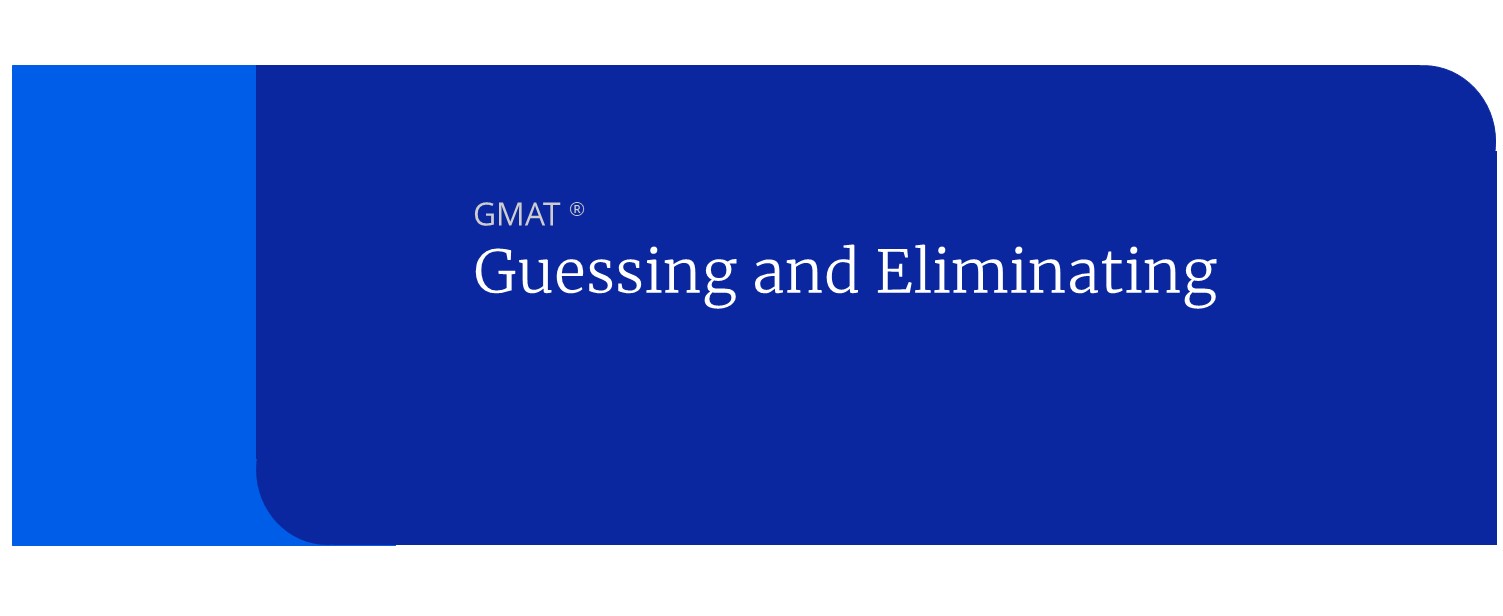GMAT Quantitative: Complex Percent Questions
Really? First they tell us we can’t use a calculator, then they tell us we should average 2 minutes per question, and then they give us this:
67.5% of 812 is 15% of what number?
This may seem impossible to solve in under two minutes without some outside help. In fact, there are many typical time saving tactics to perform “simple” arithmetic without belaboring the process and taking too long. Keep an eye out for common multiples, common fractions and decimals that seem too hard without a shortcut. For this question, we can convert from “English” to “Math” and ignore the percent signs since they cancel each other out.
67.5 * 812 = 15x
x = 67.5 * 812 / 15
OK, great. But this would be a piece of cake with a calculator, not by hand! However, you may notice that 67.5/15 = 4.5. This is not the most obvious, but the more practice you have with numbers, the more you will begin to notice things like this. Half of 15 is 7.5, so immediately you should recognize this “coincidence” in the stimulus.
Another tip is to not multiply or divide your numbers together until you have set up the whole problem. Had you immediately taken 67.5% of 812, I don’t think you would have gotten 548.1 so easily. Nor do you even need 548.1 to answer the problem!
x = 4.5 * 812
= 4*812 + ½*812
= 3248 + 406
= 3654.
This part shouldn’t take more than one minute.
Furthermore, it helps to approximate. Peek at your answer choices and use your estimation skills to work toward the correct answer. Words like “close to”, “approximately” and “best” are hints that you may want to approximate your calculations.
Practice Question
Try this practice question, and remember, no calculator.
The first important piece of this question is setting up the initial question. Let’s call x the old number of days, X the new number of days, and r the old rate.
In order for the old price to equal the new price,
xr = 1.15Xr (A quick way to represent at 15% increase is to just multiply by 1.15.)
By canceling the r variable, we are left with
x = 1.15X.
The wording in the question is tricky. To find the “percentage reduction,” we must find “what percent of X is x” and then subtract from 1 to find the “reduction.” To do this, we can rearrange the equation to read:
X = (1/1.15) * x
In essence, this reads X is (1/1.15) of x. Now we are only interested in (1/1.15). First let’s get rid of the decimal by multiplying by 100 to get 100/115. When we subtract 1 – (100/115), we get 15/115.
Great! We know 15/115 is our answer, but the choices are in percents. This is where approximation comes in.
Let’s reduce 15/115 to 3/23. We can estimate this fraction by changing the numerator and denominator slightly. By converting the fraction to 3/24 (1/8), we know we are making it smaller. (Increasing a denominator reduces a fraction.) So, 3/23 must be larger than 12.5% (1/8), which is a common and important conversion to memorize.
(A), (B) and (C) are out because they are smaller than 12.5%.
Moving in the opposite direction, we can then look at 3/21 (1/7). 1/7 = 14.3%. This is another conversion with which you should be familiar. Now we know the answer is between 12.5% and 14.3%
Since 3/23 is closer to 3/24 than it is to 3/21, we assume that, among answer choices (D) and (E), 13% will be correct, since 13% is closer to 12.5% than 14.3%.
D is the correct answer.
Knowing your conversions is important, but there are other ways to go about this. You may multiply 3/23 by 4 to get 12/92. Add 10% to top and bottom and you get 13.2/101.2. Any of these steps could key out that the percent will be closer to 13% than 14%. Adjust the fractions to find ranges, compare to other well-known fractions, and generally speaking, if it seems like there must be an easier way, there usually is.



